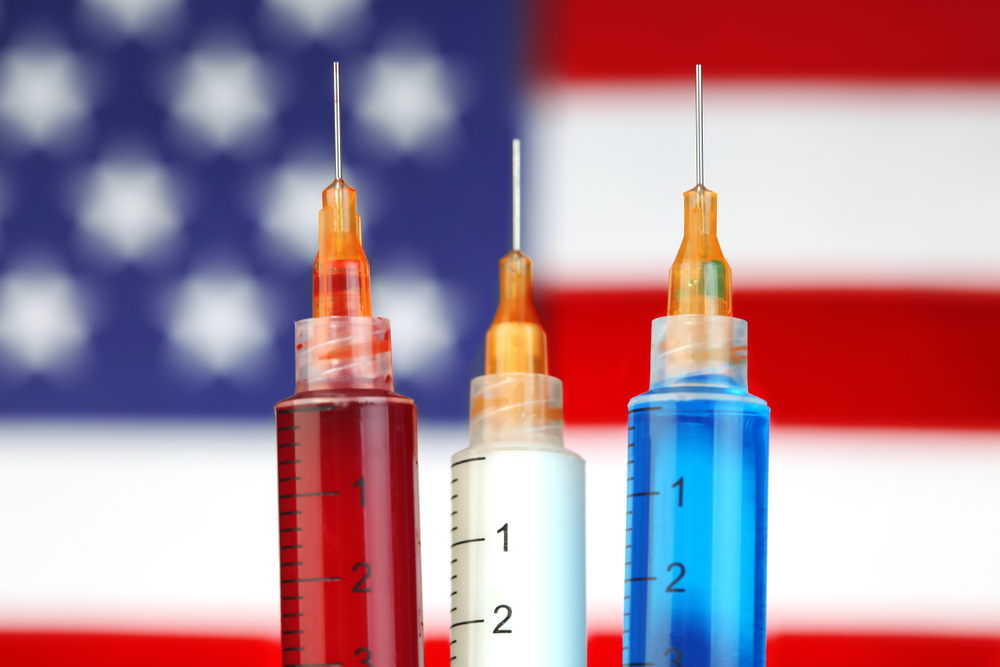
The U.S. Centers for Disease Prevention and Control (CDC) released the Antibiotic Resistance Threats Report this week, showcasing the effects recent federal investments have had in the fight against antibiotic resistance.
Since 2013, the annual number of antibiotic resistant infections in the U.S. have grown by 270,000, to 2.87 million. The good news is that the mortality rate dropped — something the CDC credits to significant new investments in hospital association infection prevention. However, 35,900 have still died as a result. And CDC data now also includes treatment resistant C. difficile infections — infections that cause life-threatening inflammation of the colon — which have led to just under 50,000 deaths and around 3 million infections in all.
Examining the data, the Infectious Diseases Society of America (IDSA) has concluded that without additional surveillance and improved data collection, actual figures will likely be underestimated. Further, infections not effectively treated by existing medicines continue to pose potentially deadly threats. The scope of antibiotic resistance threats are growing: there were three pathogens dangerous enough to be listed as urgent threats in 2013, but six years later, five are now spreading across the U.S.
“Showing an apparent decrease in healthcare-associated antibiotic resistant infections, which are typically more deadly than community acquired infections, the report leaves room for optimism,” IDSA said in a statement. “Without the federal investments that have raised awareness and improved responses to antibiotic resistance in recent years, trends indicate that still higher numbers of antibiotic resistant infections leading to more deaths would have occurred. The investments made also have deepened our understanding of effective antibiotic stewardship and infection prevention strategies.”
Additional research and development, paired with proper incentives, are nevertheless required, the organization believes. That means changes in policy, increased funding for the CDC, promotion of antibiotic stewardship and more, all come down to concerted action required by the government.




